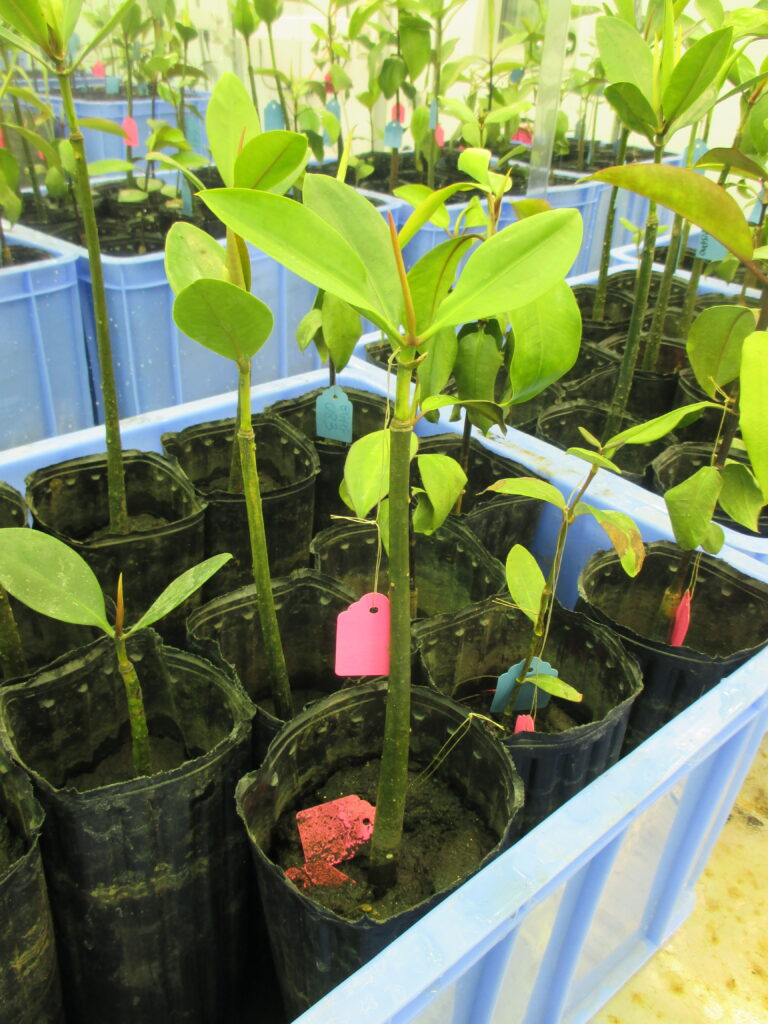Our Research
Physiological and Molecular Response to Chilling Stress in Mangroves
#Adaptation



Patterns of plant distribution provide a fundamental, unifying framework in which to examine the evolution and ecology of plants, and their influence on global landscapes. Mangrove forest is a tropical/subtropical intertidal plant community that provides important ecosystem services and supports a large portion of the global coastal human population. The distribution of mangroves is mainly restricted by low temperature, thus the warming global climate is expected to expand mangrove distribution range poleward. The distribution range of mangrove species may be shifting at different rates according to their tolerance towards chilling stress.
This research aimed to:
- Determine the physiological tolerance threshold of various mangrove species towards chilling stress.
- Determine the extent of (molecular) adaptation to chilling stress in populations from varying climatic conditions, especially the amount of adaptive variation that is present in the genome.
- Understand the molecular regulatory network of response to chilling stress in mangroves
Addressing these critical knowledge gaps could elucidate on the biological limitation and evolutionary potential of mangroves growing at the edge of their tolerances, and improve predictive modeling of future mangrove distribution. A combination of common garden experiments, plant growth chamber experiments, field physiological measurements, transcriptome analysis and genotyping was used in this project.
